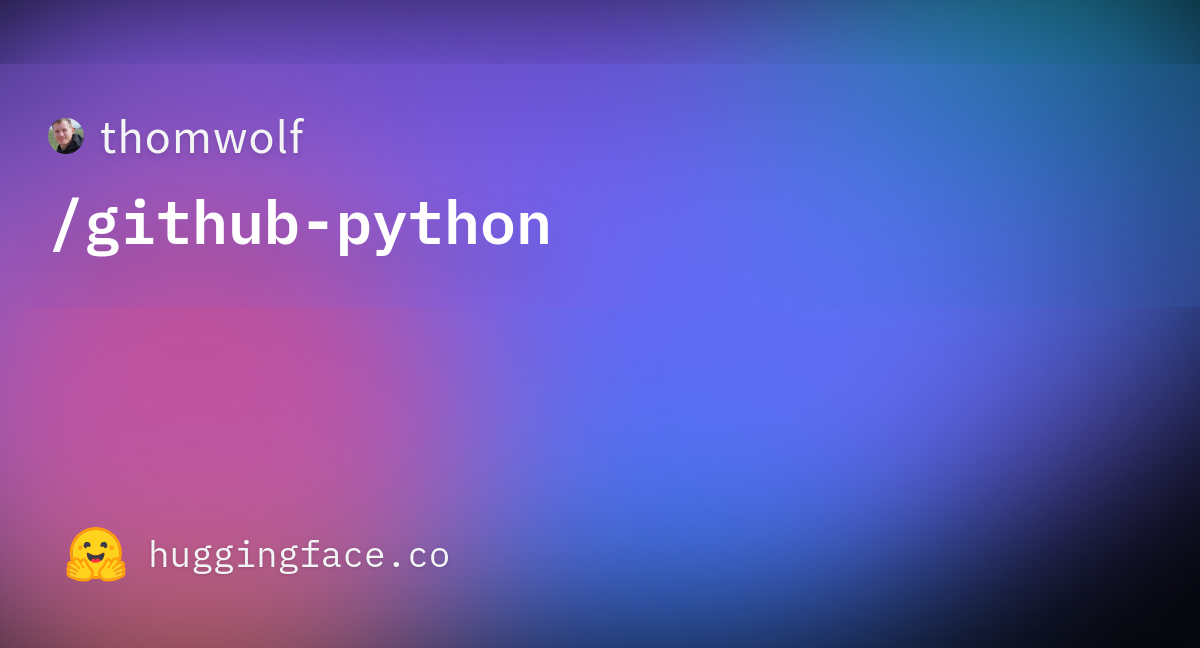

While a default web app is provided for easy testing that your deployment worked, you will want to edit your main module to use whatever production-grade server you choose to use, e.g. One is that you should edit the main module and the requirements file that were generated (Cookiecutter asked you what to name these files, but the defaults are webapp.py and requirements.txt, respectively). There are a few things to be aware of about the generated files. The generated README.md file in the output directory explains which each file is meant for. Some you will want to edit to make the web app your own, while others you should never have to touch. Once you have gone through and answered the questions for Cookiecutter you will end up with a directory containing a bunch of files. If you want to try the new syntax but don’t know where to start, we suggest looking at aiohttp as a production-ready web framework/server to get started with.
#Python 3.5 download program using socket github code#
One neat thing to realize is that thanks to our Python 3.5 support, you can choose the socket option and use Python’s async/ await syntax in your web app! We hope you do give this a try as we have found the new syntax makes it much easier to write performant asynchronous code than the old way with callbacks (we’re also somewhat proud to be supporting Python 3.5 before some other PaaS providers 😉 ).

The expectation is that if you need direct access to the listening socket for your web server you will choose the socket option, otherwise you will choose WSGI. Which you choose is up to you and will depend on what web framework you choose for your web app. That refers to whether you plan to have a web app which uses a WSGI server or a socket-based server. The one question, though, which might not be quite so obvious is the site_type question. If you’re using the Cookiecutter Explorer then there is a helpful description if you hover over a field, otherwise you can read the README.md file for the template for explanations. The questions that Cookiecutter will ask you about for the Web Apps template should be self-explanatory and have reasonable defaults where possible. The other option is to use the command-line version of Cookiecutter ( installing Cookiecutter is covered by the project’s documentation).

If you Visual Studio “15” then you can use the new Cookiecutter Explorer. You have two options when it comes to using a Cookiecutter template.

All of this led us to create a Cookiecutter template for using Python with Azure Web Apps. We realized that a lot of the steps in getting started involved creating files that were mostly boilerplate with only small details that were custom to any specific web app. Our search to simplify the creation of an Azure Web App using a new release of Python led us to the Cookiecutter project. While that approach still works, we realized there were some steps that more arduous than necessary which were common to all websites using Azure Web Apps. In that post we outlined why we were working on this alternative approach to using Python on Azure App Service and provided basic templates of key files you needed to make the approach work. Back in August we had a blog post on using newer versions of Python on Azure App Service.


 0 kommentar(er)
0 kommentar(er)
